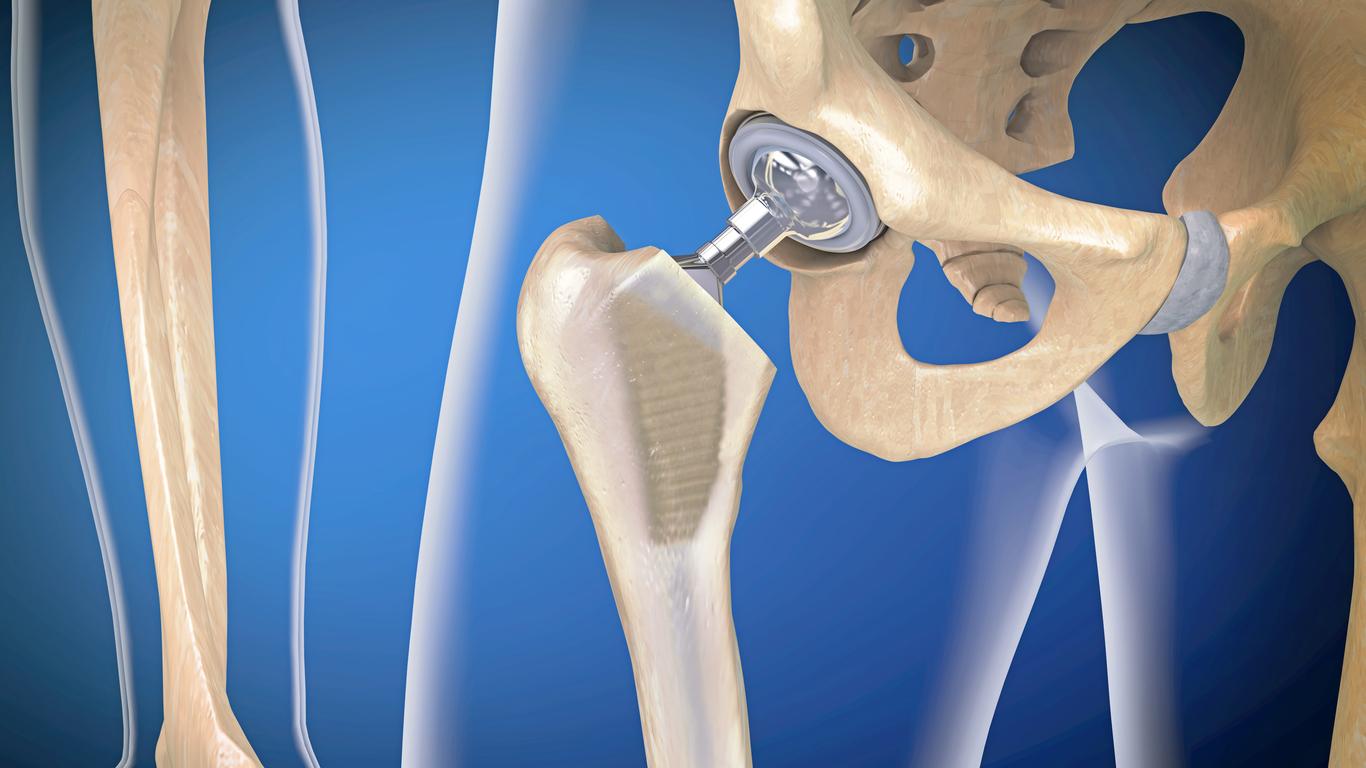On the eve of the presentation by the Medicines Agency of the latest pharmacovigilance figures, recall of data on oral contraceptives used by 5 million French women.

Have women who use oral contraceptives changed their habits with the new generation of pills? Does the update of pharmacovigilance data show a significantly higher risk with these 3 pills?e and 4e generations? Two months after the filing of a criminal complaint of a young woman who accuses the laboratory manufacturing a pill of 3e generation to be at the origin of his disability, the National Medicines Safety Agency (Ansm) must answer these many questions this Monday afternoon during a press conference.
But before knowing the figures of the latest Ansm investigations, an inventory is needed.
Types of pills
Five million women in France use oral contraceptives which contain both an estrogen and a progestogen. In these combined oral contraceptives (COCs), the estrogen most often used is ethinyl estradiol. The type of progestin used determines the generation of the pill.
COCs of 2th generation contain levonorgestrel or norgestrel as a progestogen. They have been marketed since 1973.
COCs of 3th generation contain desogestrel, gestodene or norgestimate as a progestogen. They were put on the market from 1984.
COCs of 4th generation contain drospirenone, chlormadinone, dienogest or nomegestrol as a progestogen. They appeared in 2001.
The distribution of pills
In 2011, 66 million COC wafers of all generations were sold in France. Second generation COCs represent less than half of platelets consumed (46.6%), while third and fourth generation COCs are in the majority (38.8% and 13.5% respectively). First generation COCs represent less than 1% of the total.
Since 2007, the proportion of second generation COCs has been steadily decreasing, dropping from 54.3% to 46.6% of platelets consumed, while the third and especially the fourth generations are progressing.

Reimbursement of pills
In 2012, all second generation COCs are reimbursable, while less than half of third generation COCs and none of fourth generation COCs are covered by Health Insurance. From March 31, 2013, COCs of 3e generation will no longer be reimbursed.
Adverse effects
The majority prescription of new generation pills, often inappropriately as a first-line treatment, has led the health authorities to look into the risks of venous thromboembolism associated with this use. Adverse effects are via the regional pharmacovigilance centers. These effects have been recorded in a national database since 1985. It is health professionals who feed this database by spontaneously reporting unexpected or serious episodes of medication. This system does not give an exact or even close to reality picture, it serves as a warning signal for a reassessment of the benefit-risk ratio of the molecule. The Ansm estimates that one in ten cases would be declared.
As of January 4, 2013, 13 death cases under COCs were identified and retained in the national database for venous embolic and thrombotic events and for embolic and thrombotic events in women under 50 years of age. Cause of death: pulmonary embolism or cerebral venous thrombosis
1 case with a COC 1e Generation
6 cases with COC 2G
4 cases with COC 3G
2 cases with COC 4G
In 12 cases, the women presented a risk factor.
567 events have been reported in the national pharmacovigilance database. Here again, there is a high frequency of women presenting risk factors other than taking a COC.

These data show a number of deaths and accidents of venous thrombosis under COCs much lower than the data estimated by the pharmacoepidemiology. The latter allows a better approach to risk.

“These figures, notes the Ansm, show that the risk of death is increased for 3G and 4G pills but remains low in absolute value. However, this risk is difficult to accept for a method of contraception which is above all a means of preventing unwanted pregnancies and which is intended for women in good health.
(Sources Ansm)
.















